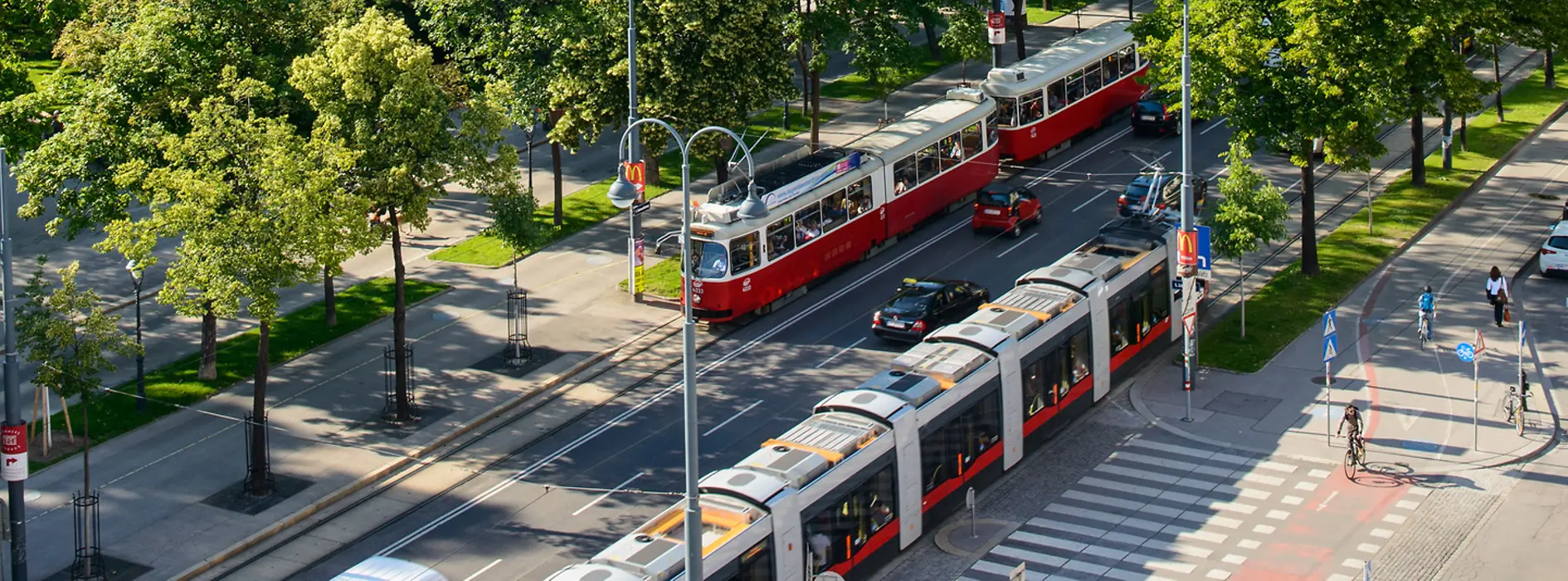
Public transportation is an essential part of modern society, providing a convenient and cost-effective way for people to travel from one place to another. But what exactly do we mean by public transportation? In this comprehensive guide, we will explore the different types of public transportation, their benefits and drawbacks, and their impact on society.
Types of Public Transportation
Public transportation can take many forms, including buses, trains, subways, trams, and ferries. Each mode of transportation has its own unique advantages and disadvantages, depending on the needs of the passengers and the geography of the area.
Buses are the most common form of public transportation, providing a flexible and affordable way for people to travel within a city or region. They are also environmentally friendly, producing fewer emissions than cars or trucks.
Trains and subways are faster and more efficient than buses, making them ideal for longer journeys or for commuting to work. They are also more expensive to build and maintain, and require a dedicated infrastructure.
Trams and light rail systems are a hybrid between buses and trains, providing a comfortable and efficient way to travel within a city or region. They are often used in areas with high population density or limited space for other forms of transportation.
Ferries are used to transport people and goods across bodies of water, such as rivers, lakes, or oceans. They are often used in coastal areas or islands, where other forms of transportation are not feasible.
Benefits and Drawbacks of Public Transportation
Public transportation has many benefits, including reducing traffic congestion, improving air quality, and providing affordable transportation options for low-income families. It also promotes social equity, by providing access to jobs, education, and healthcare for people who may not have access to a car.
However, public transportation also has some drawbacks, including the cost of building and maintaining infrastructure, the potential for overcrowding and delays, and the risk of accidents or breakdowns. It also requires a significant investment of time and resources to plan and implement, and may not be suitable for all areas or populations.
Impact on Society
Public transportation has a significant impact on society, both in terms of economic and social benefits. It can stimulate economic growth by providing access to jobs and markets, and by reducing the cost of transportation for businesses and consumers. It also promotes social cohesion, by bringing people from different backgrounds and communities together in shared spaces.
However, public transportation also has some negative impacts, including the potential for gentrification and displacement of low-income communities, and the risk of crime and safety concerns in certain areas. It also requires a significant investment of public funds, which may be difficult to justify in times of economic hardship.
Conclusion
In conclusion, public transportation is a complex and multifaceted topic, with many different types, benefits, drawbacks, and impacts on society. By understanding the different modes of transportation, their advantages and disadvantages, and their impact on society, we can make informed decisions about how to improve and expand public transportation in our communities. A comprehensive and integrated approach is needed to ensure that public transportation is accessible, affordable, and sustainable for all.


